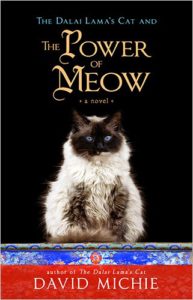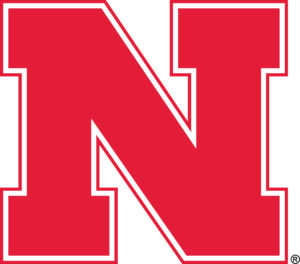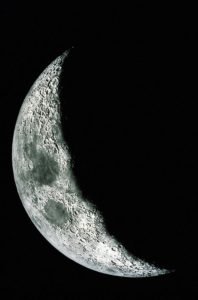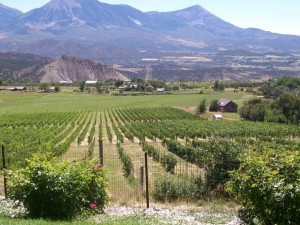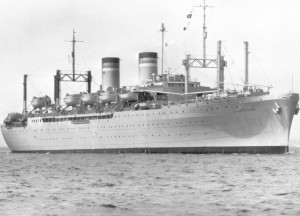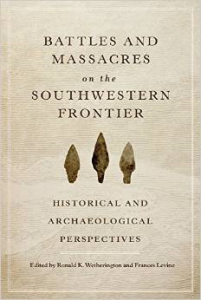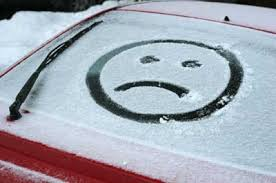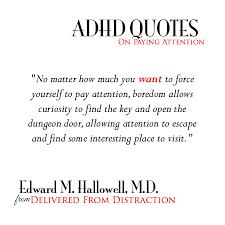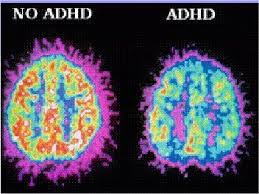John McPhee
 John McPhee is my favorite writer. He writes nonfiction for the New Yorker and has done so for fifty years. He writes about whatever he wants to. Alaska, the Pine Barrens, oranges, geology, transportation, and people. Always, a topic is people. He decides on a subject and searches out people engaged in his topic and weaves them into the narrative.
John McPhee is my favorite writer. He writes nonfiction for the New Yorker and has done so for fifty years. He writes about whatever he wants to. Alaska, the Pine Barrens, oranges, geology, transportation, and people. Always, a topic is people. He decides on a subject and searches out people engaged in his topic and weaves them into the narrative.
I read his stuff because of his subject matter (he has written extensively about geology). He also has a warm and engaging style, his readers all fall in love with him. The subject matter is always interesting, often because the people he seeks out are so colorful.
In Rising From the Plains, about Wyoming geology, McPhee found David Love, a USGS geologist from Laramie. Gone now, Dr. Love was a renowned field geologist, focusing on Wyoming. His family is an integral part of Wyoming history. His father started and ran a sheep outfit on Muskrat Creek in the Gas Hills, one of the most remote places in the lower forty eight.
The way McPhee portrays the man, his career, and Wyoming history makes one of the best books I have ever reread. And reread, and give away. If you have even the slightest interest in geology, read the book. Rising From the Plains is a standalone book, and is part of Annals of the Former World, a collection of long pieces about geology mostly along I-80, skipping over the midwestern mud. North America has fascinating geology and Annals gives a good overview.
Another book I like is The Control of Nature. If you want to modify what nature produces, you get politicians to adopt the policy, then hire engineers to figure out what to do, then design the solution. Sometimes they are asked to do the impossible, like keeping the eroding San Gabriel mountains from filling the Los Angeles Basin or control the lower Mississippi River. Ask an engineer if something can be done and their answer is always “Yes.” They make their money building stuff. They may need lots of money, all the better. Many of their projects fail at some time. Don’t move to Morgan City, Louisiana.
McPhee has a wide range of interests. He takes his storytelling skills to The Swiss army, to Loch Ness, to the Illinois River, California earthquake country, Alaska, and my least favorite book about a fish called shad. I read the book, but I still don’t care about the clammy, bony, tasteless things. Not biased, though.
He is well into his eighties, and now writes mostly about writing. His method is a complex blend of research, note taking, and building a structure to hold the piece together. He is a real structure freak. I have an idea, think about it a bit, and rip something out, editing as I go. Of course he is producing around 50,000 words. I do 500 to a thousand. I have a structure as well, as I also learned how make outlines. I tend to adapt the Army way: tell them what you are going to tell them, tell them, and then tell them what you told them. I like to introduce the subject, amplify it, then add my personal take.
Unlike McPhee, I tend to drift off topic into a rant or something mostly unrelated, but I like it. “Oh look, a squirrel!” Have I mentioned I have ADD? I sometimes tend to bullshit; McPhee does not. He has his extensive research and those wonderful New Yorker fact checkers. I have my broken brain and Google.
Other McPhee assets are his sense of humor and his feel for dialect. He is easy to read.

